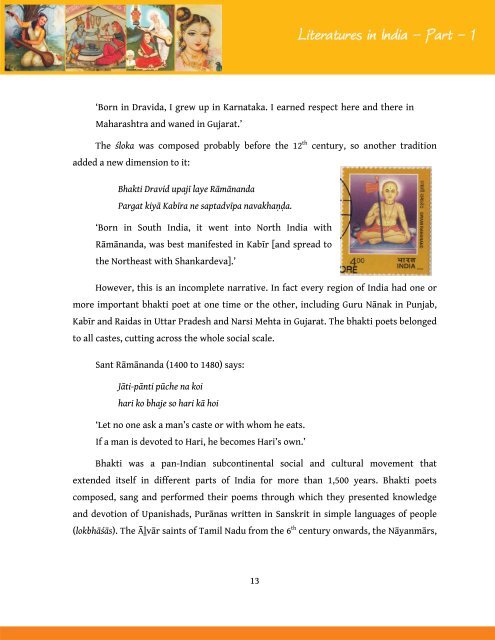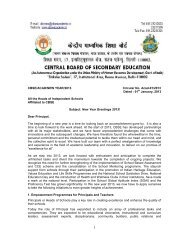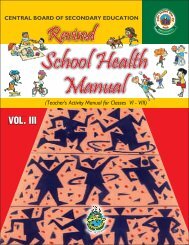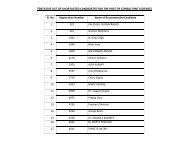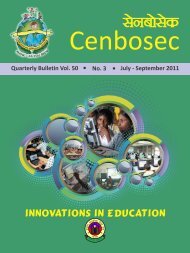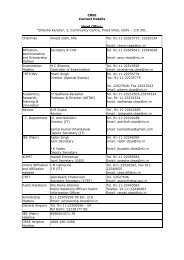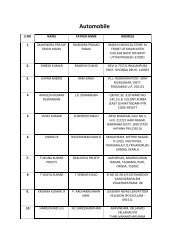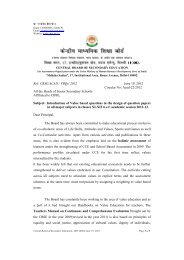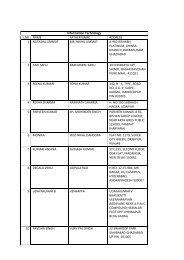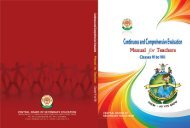Module 3 - CBSE
Module 3 - CBSE
Module 3 - CBSE
You also want an ePaper? Increase the reach of your titles
YUMPU automatically turns print PDFs into web optimized ePapers that Google loves.
‘Born in Dravida, I grew up in Karnataka. I earned respect here and there in<br />
Maharashtra and waned in Gujarat.’<br />
The śloka was composed probably before the 12 th<br />
added a new dimension to it:<br />
century, so another tradition<br />
Bhakti Dravid upajī laye Rāmānanda<br />
Pargat kiyā Kabīra ne saptadvīpa navakhaṇḍa.<br />
‘Born in South India, it went into North India with<br />
Rāmānanda, was best manifested in Kabīr [and spread to<br />
the Northeast with Shankardeva].’<br />
However, this is an incomplete narrative. In fact every region of India had one or<br />
more important bhakti poet at one time or the other, including Guru Nānak in Punjab,<br />
Kabīr and Raidas in Uttar Pradesh and Narsi Mehta in Gujarat. The bhakti poets belonged<br />
to all castes, cutting across the whole social scale.<br />
Sant Rāmānanda (1400 to 1480) says:<br />
Jāti-pānti pūche na koi<br />
hari ko bhaje so hari kā hoi<br />
‘Let no one ask a man’s caste or with whom he eats.<br />
If a man is devoted to Hari, he becomes Hari’s own.’<br />
Bhakti was a pan-Indian subcontinental social and cultural movement that<br />
extended itself in different parts of India for more than 1,500 years. Bhakti poets<br />
composed, sang and performed their poems through which they presented knowledge<br />
and devotion of Upanishads, Purānas written in Sanskrit in simple languages of people<br />
(lokbhāśās). The Āḻvār saints of Tamil Nadu from the 6 th century onwards, the Nāyanmārs,<br />
13


